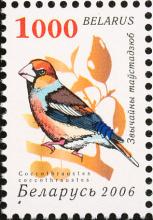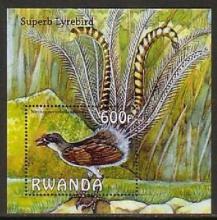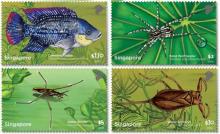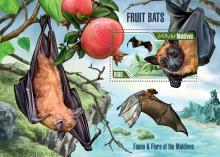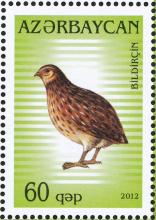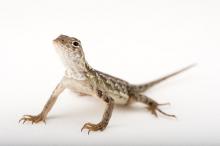Glyphosate: German Toxicologist Accuses EFSA of Scientific Fraud
The German toxicologist Dr Peter Clausing has accused the German Federal Institute for Risk Assessment (BfR) and the European Food Safety Authority (EFSA) of committing scientific fraud by twisting scientific facts and distorting the truth, with the aim of concluding that glyphosate is not a carcinogen. EFSA and BfR thereby accepted and reinforced the conclusion proposed by the Monsanto-led Glyphosate Task Force (GTF). Clausing made this accusation in front of five judges at the Monsanto Tribunal, held in The Hague from 14–16 October.



